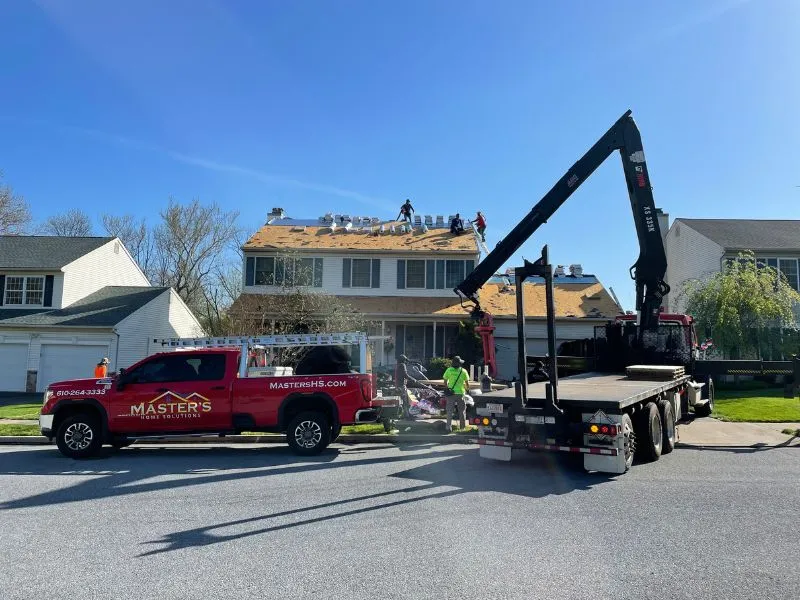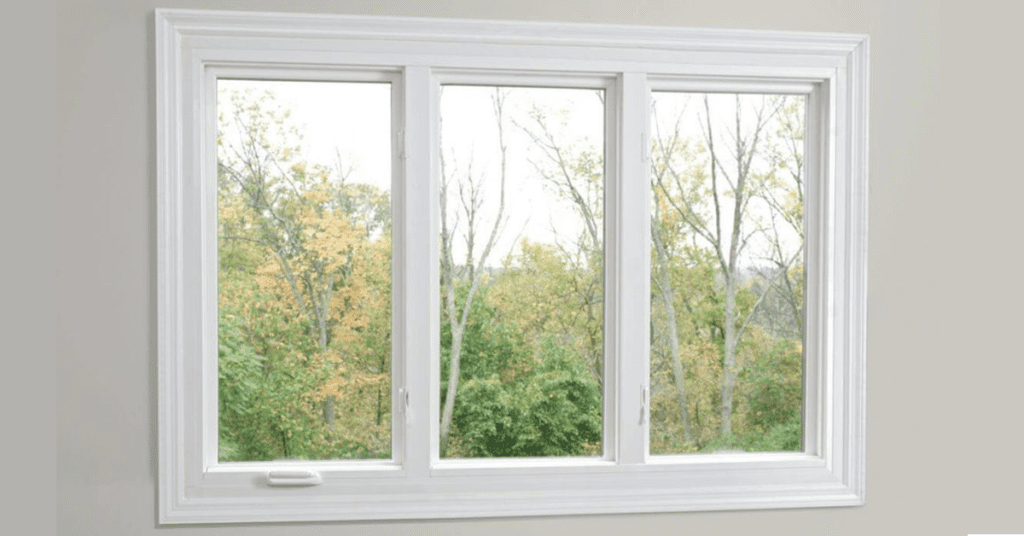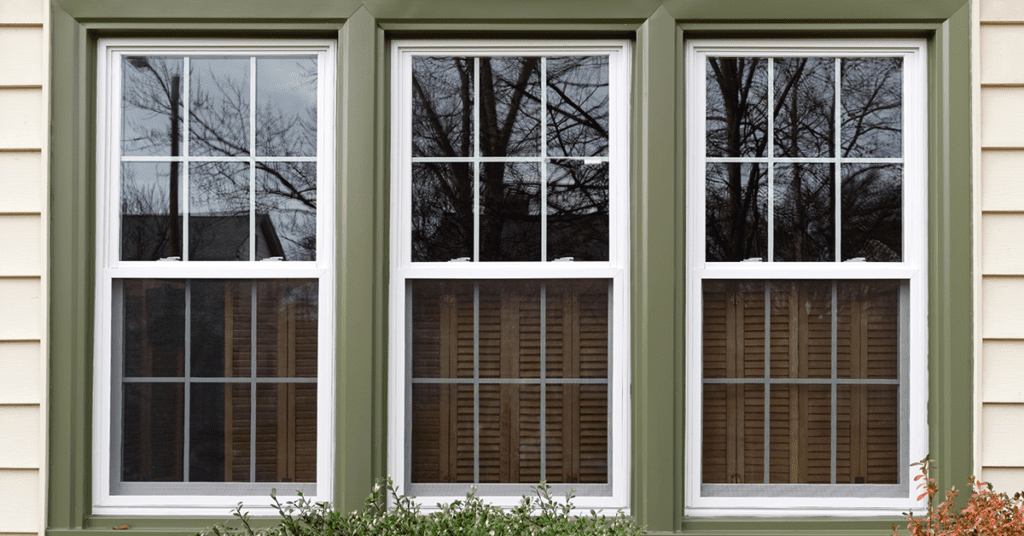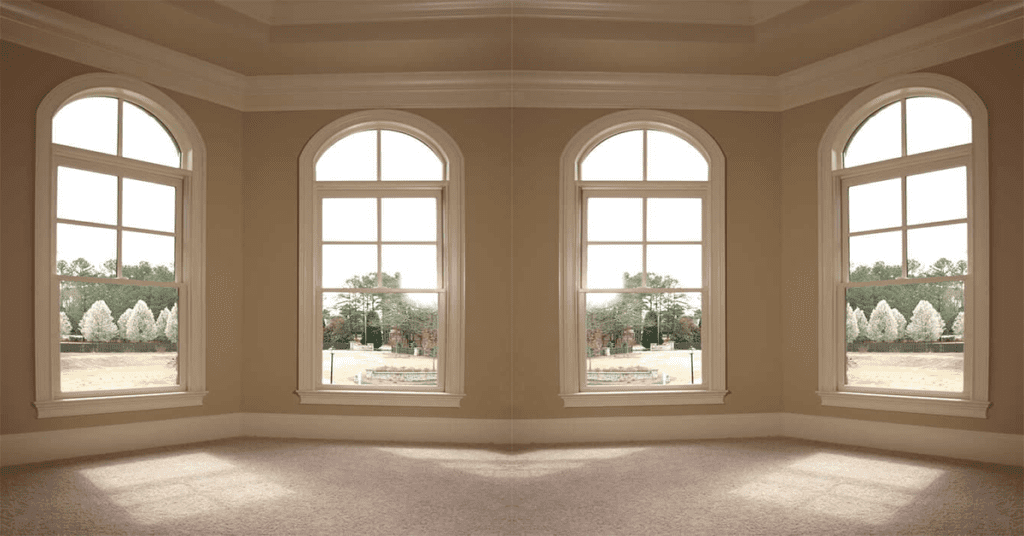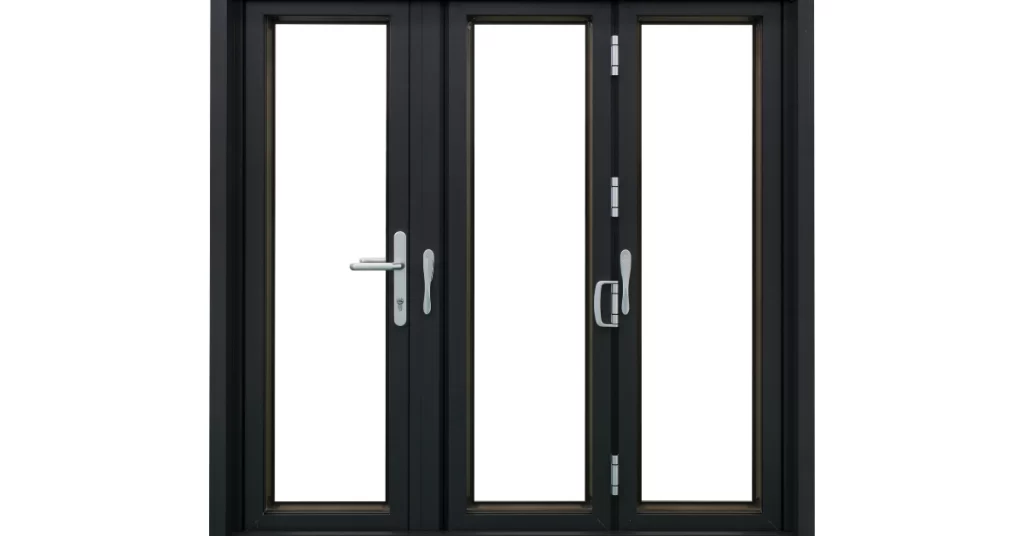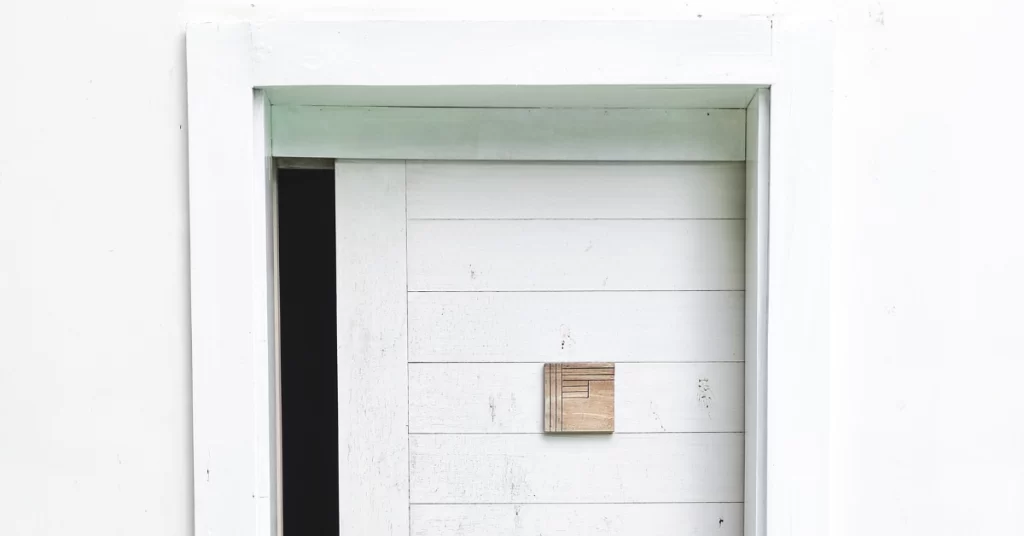To ensure a successful roofing project, understanding the number of roofing nails per square is crucial. Discover why knowing this information is vital and explore the sub-sections on the importance of this knowledge.
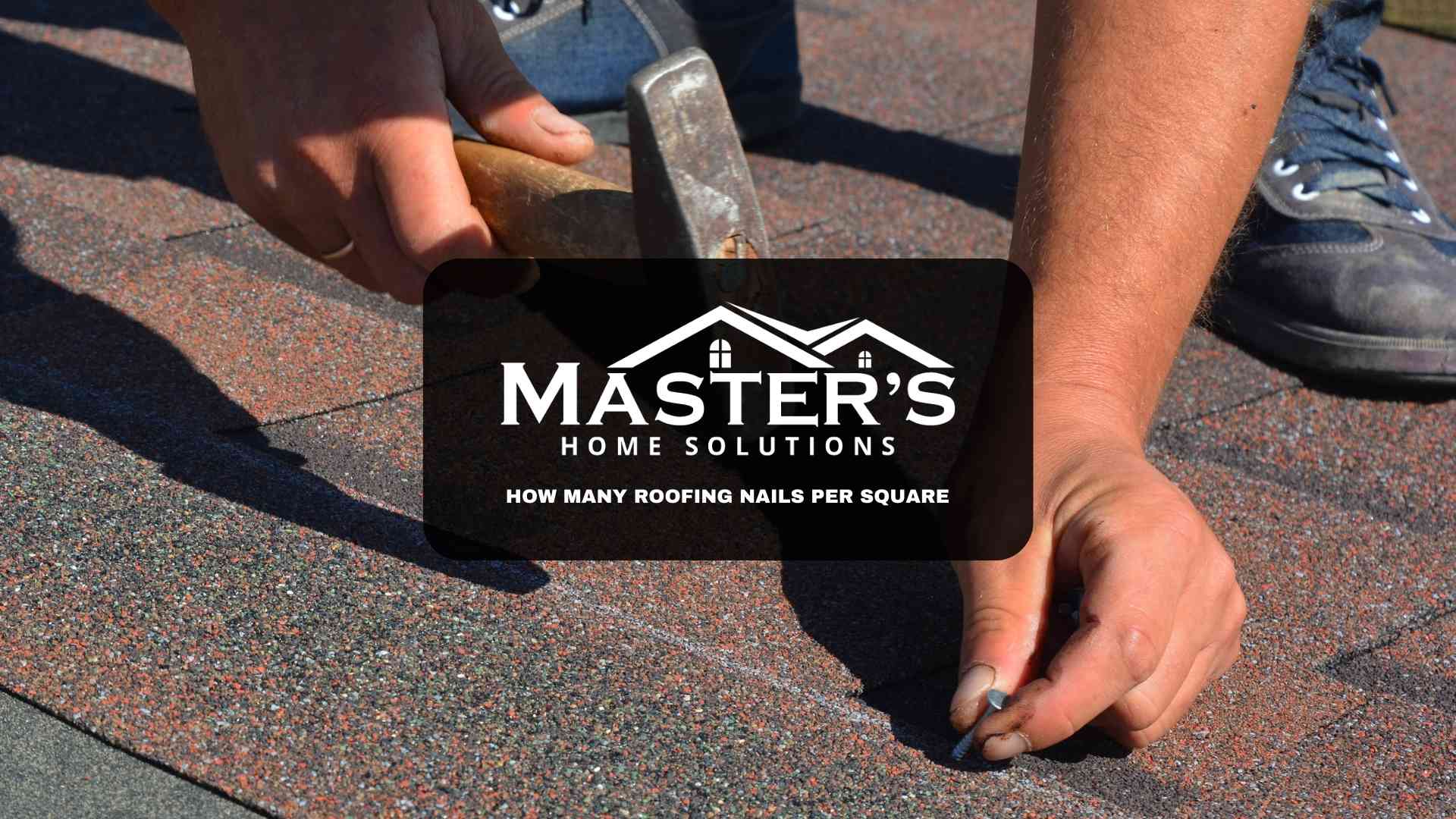
Why is it important to know the number of roofing nails per square?
It’s important to know the number of roofing nails per square. This ensures the safety & structural integrity of the roof. With the right amount, shingles are held in place, preventing leaks & damage from strong winds or rain. Knowing the exact amount helps with cost estimation & materials planning.
In choosing the number of nails, several factors come into play. Shingle type & size, plus regional weather, impact nail spacing & layout. Too few nails may cause loose shingles. Too many could compromise sealant strips & cause water infiltration. Understanding these variables is vital for long-lasting roofs.
Years ago, wood shingles were secured with handmade iron nails. Resources were limited, so precise nail quantities per square were needed to maximize efficiency & minimize wastage. This knowledge was passed down through generations of skilled craftsmen without modern tools.
Knowing the number of roofing nails per square is still essential in construction practices worldwide. Incorporating modern innovations while honoring this tradition helps create reliable roofs that last. Whether starting a new roofing project or repairing an existing one, understanding this detail will ensure a solid foundation for the roof’s performance.
What is a square in roofing?
A square in roofing is a unit of measurement used to calculate a roof’s area. It’s equal to 100 square feet. Let’s explore the concept of a square in this context.
- A square is a practical way to measure the size and cost of roofing materials needed.
- It makes calculations easier, no complex conversions needed.
- Breaking the roof into squares helps professionals estimate material quantities easily.
- Roofing materials, such as shingles, underlayment, and nails, are usually sold in squares. Knowing how many squares to buy is important.
- Calculating the number of roofing nails per square requires taking into account variables like roof slope, shingle type, and local building codes. A professional’s advice is recommended.
Additionally, various regions may have different standards for measuring a square. Plus, waste factors should be taken into account when estimating materials.
Now that you know about squares in roofing, use this knowledge to plan your next project. Be sure to use accurate measurements and make sure your roof is properly covered!
Note: This article does not provide detailed information on calculating roofing nails per square foot. That varies depending on project-specific factors.
Calculation of the number of roofing nails per square
To calculate the number of roofing nails per square, you need to consider certain factors. Understand the formula for this calculation. Factors to consider in the calculation, Formula for calculating the number of roofing nails per square.
Factors to consider in the calculation
To accurately determine the number of roofing nails per square, consider the following essential factors:
- Size
- Type
- Roof pitch
- Square footage
- Additional materials
Additionally, unique details such as windy areas and specific roofing materials should be taken into account. For best results, consult manufacturer guidelines, adhere to local building codes, use a nail gun or coil roofing nails, and consider the condition of the existing roof. This will ensure a secure and long-lasting roof that provides shelter for you and your loved ones.
Formula for calculating the number of roofing nails per square
Roofing nails are an essential part of the construction industry. To figure out how many nails per square, you use a formula. This takes into account factors like size and type of roofing material, roof pitch and distance between each nail.
To understand how the calculation works, here’s a table:
| Factors to Consider | Measurement |
|---|---|
| Roofing Material | Asphalt shingles |
| Pitch of Roof | 6:12 |
| Spacing between Nails | 4 inches |
These factors help determine the number of roofing nails per square. Different materials may need more nails because of their weight and sturdiness. Additionally, wind speed and building codes may also affect the number of nails needed.
A fun historical fact – the use of roofing nails dates back centuries. Back then, wood pegs were used to attach roofing materials. But metal roofing nails emerged as a more reliable option. They are tougher and more resistant to harsh weather. Over time, manufacturers created specialized nails for different roofing materials.
Recommended number of roofing nails per square
Roofing nails are vital for fixing shingles and maintaining a roof’s structural soundness. So, it is important to know the correct amount of roofing nails needed for each square to have optimal protection against bad weather.
The chart below shows the advised number of roofing nails per square based on industry standards:
| Roofing Material | Nails Per Square |
|---|---|
| Asphalt Shingles | 320-480 |
| Wood Shakes | 540-640 |
| Metal Roofing | 200-250 |
| Slate | 400-600 |
| Tile | 80-120 |
The table above provides helpful data about the right quantity of roofing nails for different materials. However, take note that these numbers are only approximations and may differ depending on factors such as environmental conditions and local building codes.
An essential point to factor in when calculating the number of roofing nails per square is the type of roofing material used. For instance, asphalt shingles necessitate a higher nail count for installation compared to metal or tile roofs. This variation is due to differences in material weight, wind resistance, and other elements affecting longevity.
Tip: Always consult with a professional roofer or follow manufacturer instructions when figuring out the accurate number of nails per square for your roofing project. This will guarantee that your roof functions optimally and offers protection for many years.
Tips for installing roofing nails correctly
To ensure your roofing nails are installed correctly, here are some valuable tips that focus on proper spacing and placement of nails, as well as using the right type of nails for different roofing materials. These considerations will help you achieve a secure and durable roof that can withstand the elements.
Proper spacing and placement of nails
For a top-quality roofing project, nail spacing and placement is key. This strengthens the structure and stops leaks or damage from weather. Here’s a step-by-step guide to help:
- Check the manufacturer’s instructions or get a pro contractor to measure the right spacing for your roofing material.
- Use a chalk line or snap a line across the roof surface as a guide for the nails.
- Start at one end and work your way to the other, putting nails along the line. Use the right nails for your roofing material and structure.
- Drive them in until snug, neither too tight nor too loose. Overdriving can cause splits in the shingles, and underdriving weakens the hold.
- Check for any loose or wobbly nails during and after install. Fix any issues to make sure the roof is uniform and secure.
Also consider any special instructions from manufacturers or local building codes. Follow them carefully for solid performance and industry standards.
Pro Tip: Different roofing materials need different nail techniques. Investing time to research these details will help your installation and extend your roof’s life.
By understanding the importance of proper nail spacing and placement, you can do the job with confidence and get great results. Follow these guidelines, pay attention to the special details, and enjoy a strong, good-looking roof.
Using the right type of nails for different roofing materials
Nail selection is an important factor when installing roofing materials. Different types of nails are needed for different roofing materials. The right nails ensure the integrity of the roof and stop potential damage.
We have put together a table to show which nails are recommended for each type of roofing material:
| Roofing Material | Recommended Nails |
|---|---|
| Asphalt Shingles | Smooth shank with large flat heads |
| Wood Shingles | Stainless steel annular ring shank nails or copper nails |
| Metal Roofs | Stainless steel screws or aluminum nails with waterproof rubber gaskets |
| Slate | Copper slate hooks or stainless steel slating nails |
| Tile | Corrosion-resistant double-headed nails |
It’s vital to select the right nail for each roofing material. Wrong nails can cause leaks or make tiles loose. Length and gauge also need to be considered. The nail should be long enough to go through the roofing material and into the structure. Gauge refers to thickness; it should suit the weight and durability of the roofing material.
Following these guidelines will ensure a secure and professional installation. It will stand up to harsh weather conditions for years.
Roofing Magazine experts state that using the wrong or mismatched nails can lead to early roof failure. It is important to check manufacturer guidelines or ask for professional help when unsure about the right nail type.
Conclusion
The amount of roofing nails per square can differ based on the size and kind of roofing material. Normally, it is suggested to put 4 nails per shingle for stability and strength. But, weather conditions or building codes may call for more or less nails.
It is important to consider the method of roof installation. If using a nail gun, it can need fewer nails than hand nailing. This is because nail guns can get into the material better and hold it in place.
The size of the shingle is significant too. Different sizes often have special necessities for nail spacing and placement. It is crucial to stick to the maker’s directions to ensure correct installation and avoid any possible issues later on.
To work out the precise number of nails needed per square, consult with a roofing professional or read the manufacturer’s product specifications. They can assist you with the correct requirements based on your roofing material, installation method, and local building codes.
Frequently Asked Questions
1. How many roofing nails are needed per square?
Typically, you will need about 320 nails per roofing square (100 square feet) for a standard asphalt shingle installation.
2. Can I use fewer nails to save money?
While it may be tempting to use fewer nails to cut costs, it is not recommended. Using the proper number of nails ensures the shingles are securely fastened and will withstand wind and other weather conditions.
3. Are there any exceptions to the standard number of nails?
For certain regions with high wind zones, building codes may require using more nails per square. It’s essential to check local building codes and manufacturer guidelines to determine the appropriate number of nails.
4. What happens if I use too few nails?
If you use too few nails, your shingles may not be adequately secured. This can lead to shingle damage, leaks, and premature failure of the roof system.
5. What type of nails should be used for roofing?
The most common nails used for roofing are galvanized steel or stainless steel nails. They are corrosion-resistant and provide excellent holding power for the shingles.
6. Can I use a nail gun for roofing?
Yes, nail guns can be used for roofing. However, it is crucial to use a roofing nail gun that is specifically designed for the job. These guns have adjustable depth settings to ensure proper nail penetration without damaging the shingles.




